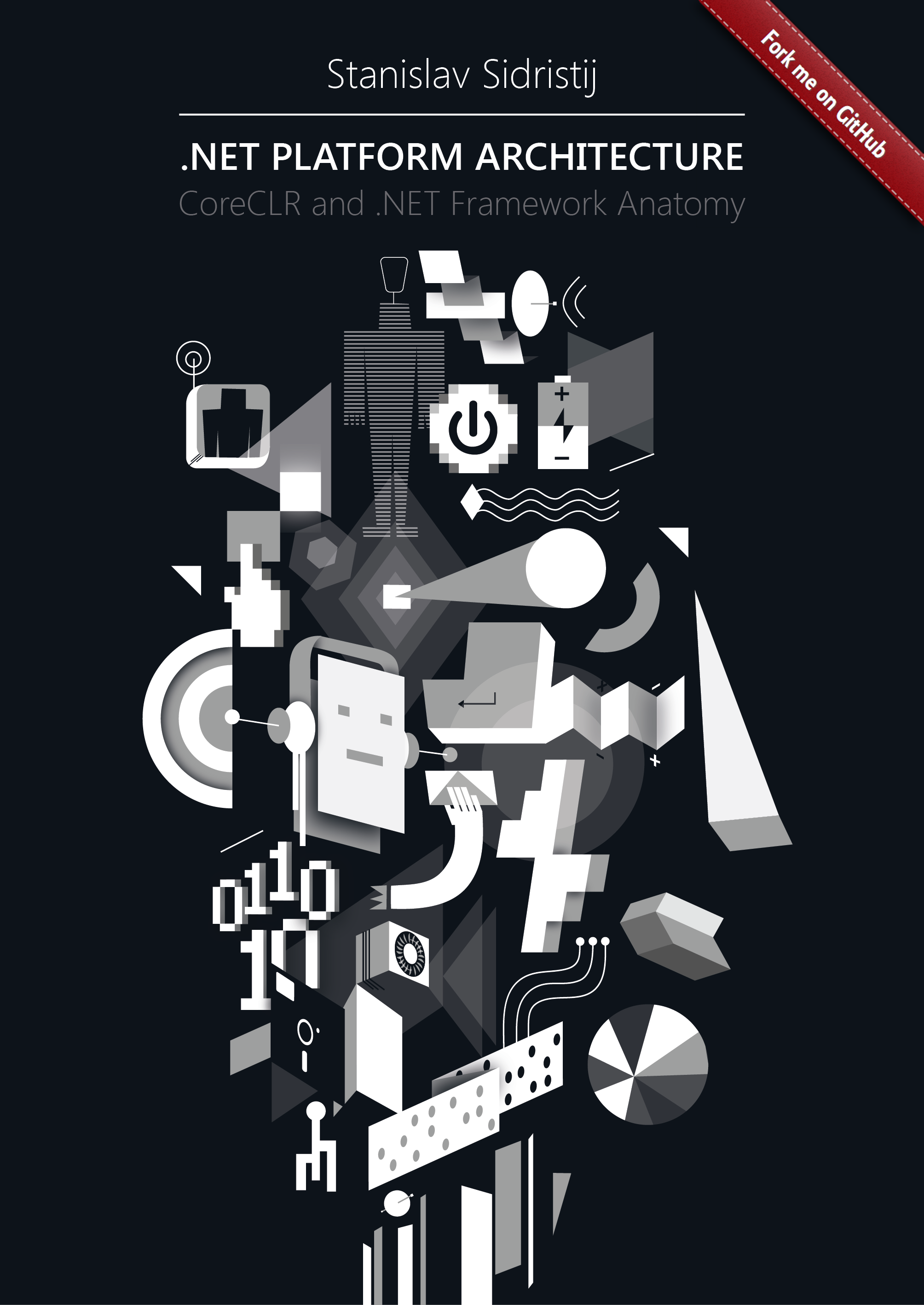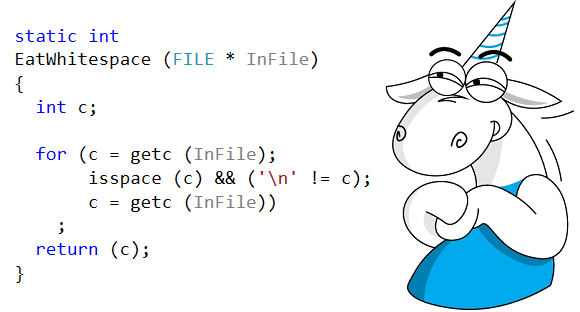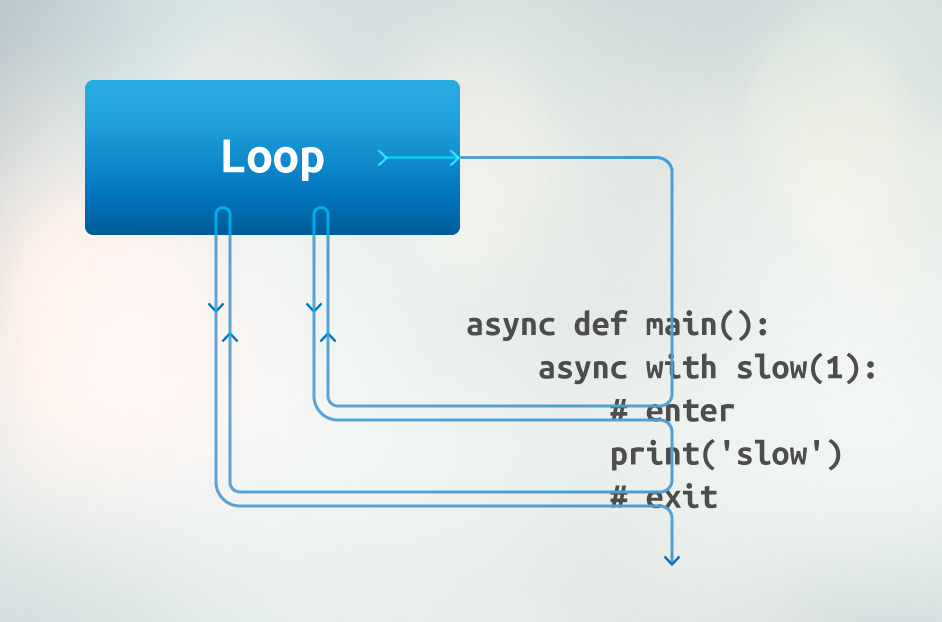.NET Reference Types vs Value Types. Part 1
 First, let’s talk about Reference Types and Value Types. I think people don’t really understand the differences and benefits of both. They usually say reference types store content on the heap and value types store content on the stack, which is wrong.
First, let’s talk about Reference Types and Value Types. I think people don’t really understand the differences and benefits of both. They usually say reference types store content on the heap and value types store content on the stack, which is wrong.
Let’s discuss the real differences:
- A value type: its value is an entire structure. The value of a reference type is a reference to an object. – A structure in memory: value types contain only the data you indicated. Reference types also contain two system fields. The first one stores 'SyncBlockIndex', the second one stores the information about a type, including the information about a Virtual Methods Table (VMT).
- Reference types can have methods that are overridden when inherited. Value types cannot be inherited.
- You should allocate space on the heap for an instance of a reference type. A value type can be allocated on the stack, or it becomes the part of a reference type. This sufficiently increases the performance of some algorithms.
However, there are common features:
- Both subclasses can inherit the object type and become its representatives.
Let’s look closer at each feature.
This chapter was translated from Russian jointly by author and by professional translators. You can help us with translation from Russian or English into any other language, primarily into Chinese or German.
Also, if you want thank us, the best way you can do that is to give us a star on github or to fork repositorygithub/sidristij/dotnetbook.




























